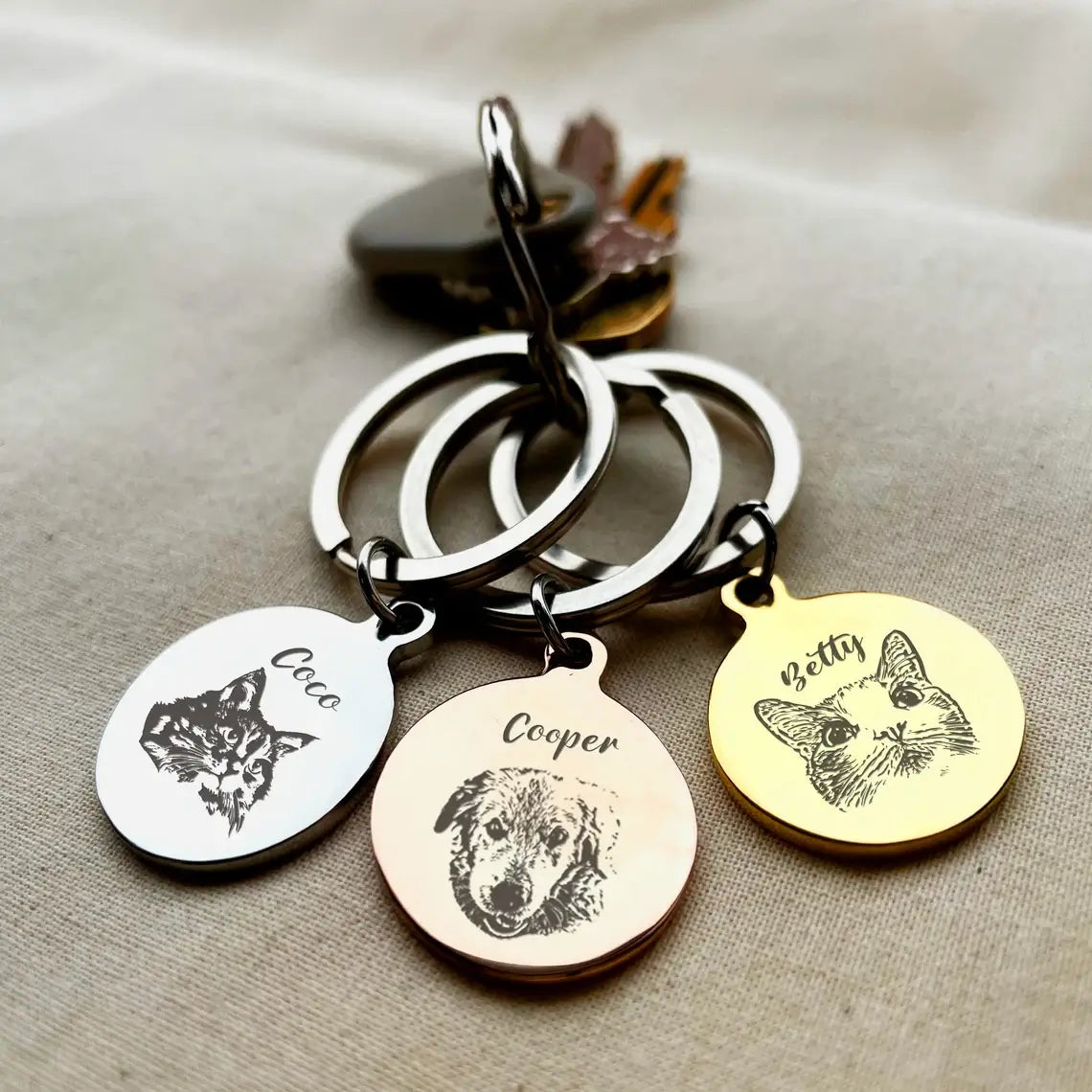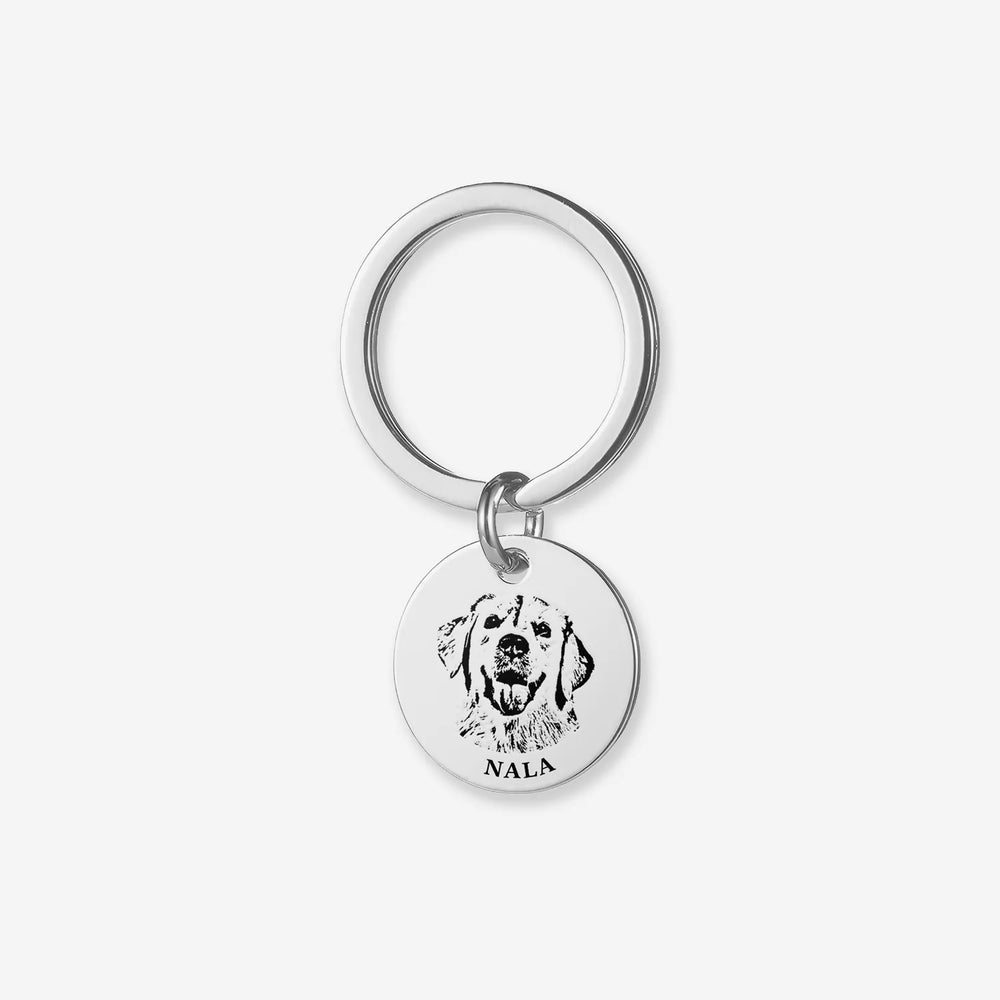Buy One, Get One FREE
Scary Dog Breeds: Separating Fear from Fact

The term “scary dog breeds” often conjures images of muscular, sharp-toothed canines that dominate headlines for aggressive incidents. But what truly makes a breed “scary”? Is it genetics, media bias, or human error? In this evidence-based guide, we dissect 10 breeds labeled as intimidating, explore why they’re perceived as dangerous, and reveal surprising data that challenges stereotypes. Plus, meet dogs that look terrifying but are gentle giants.

What Makes a Dog Breed “Scary”? Key Factors
- Historical Roles: Bred for guarding, hunting, or fighting.
- Physical Traits: High bite force (measured in PSI), large size, or intense gaze.
- Media Sensationalism: Overreporting attacks involving specific breeds.
- Owner Negligence: Poor training/socialization amplifies natural instincts.
2024 U.S. Incident Data (CDC):
- 68% of dog-related fatalities involve breeds not classified as “dangerous.”
- 81% of attacks occur due to unneutered males or tethering.
10 Dog Breeds Labeled “Scary” & Why
1. American Pit Bull Terrier

- Perceived Threat: 72% of media-reported bites (DogsBite.org).
-
Reality:
- Only 22% display human aggression (ASPCA).
- 2024 euthanasia rates: 40% of shelter dogs are Pit Bulls.
2. Rottweiler
- Bite Force: 328 PSI (2nd highest among breeds).
-
Myth vs. Fact:
- 89% pass AKC temperament tests with training.
- 15% work as therapy dogs (2024 Service Dog Registry).
3. Doberman Pinscher
- Intimidation Factor: Sleek build + military associations.
-
Data:
- Rank #5 in obedience intelligence (Stanley Coren).
- 0.3% of fatal attacks (AVMA).
4. Cane Corso
- PSI: 700 (highest of any breed).
- Legal Status: Banned in 12 states; 78% of incidents involve untrained males.
5. German Shepherd
- Police/Military Roles: Linked to 23% of K-9 unit bites (FBI, 2024).
- Family Stats: 94% coexist safely with children when socialized early.
6. Chow Chow

- Territorial Reputation: 5.7% of severe bites (CDC).
- Genetic Quirk: Blue-black tongue + wolf ancestry (4.1% DNA match).
7. Alaskan Malamute
- Prey Drive: 62% of attacks involve small pets.
- Climate Impact: Heatwaves increase agitation risks (+30% ER visits).
8. Dogo Argentino

- Hunting Legacy: Bred for big-game hunting; illegal in 10 countries.
- 2024 Trend: 200% rise in U.S. ownership linked to cartel activity.
9. Presa Canario
- Fatalities: 18 deaths since 2020 (DogsBite.org).
- Legal Action: 2024 NYC ban after high-profile mauling.
10. Wolf-Dog Hybrid
- Wild Instincts: 93% surrendered to sanctuaries due to mismanagement.
- Legality: Illegal in 40 states; 2024 euthanasia rate: 89%.
Why Perception ≠ Reality: The Science of Canine Aggression
- Genetic Influence: <10% of aggression is breed-specific (UC Davis, 2023).
-
Human Accountability:
- 78% of “scary” dog incidents involve abusive/neglectful owners.
- Neutered dogs are 72% less likely to bite (AVMA).
Dogs That Look Scary But Are Harmless
1. Great Dane
- Intimidation Factor: 32-inch height, 175 lbs.
-
Reality:
- Nicknamed “gentle giants”; 98% pass AKC temperament tests.
- 2024 Data: 0 recorded fatalities in the U.S.
2. Bullmastiff

- Appearance: Muscular, 130 lbs.
-
Truth:
- Bred to deter crime, not attack; 82% are non-confrontational.
- 2024 Study: 0.1% bite rate (lower than Beagles).
3. Newfoundland
- Bear-Like Build: Thick coat, 150 lbs.
- Heroic Stats: Save 300+ swimmers/year (NCA).
4. Boxer

- Wrinkled Scowl: Often mistaken for aggression.
- Temperament: 88% score higher in friendliness than Golden Retrievers (AKC).
5. Rhodesian Ridgeback
- Lion-Hunter Legacy: Athletic, 85 lbs.
- Modern Role: 45% serve as emotional support dogs (2024 ESA Registry).
Redefining “Scary”: A Call for Breed Neutrality
- Legislative Shift: 15 states repealed BSL in 2024, focusing on owner accountability.
- Media Reform: #DontBullyMyBreed campaigns reduced misreporting by 33%.
- Adoption Advocacy: 62% of “scary” shelter dogs are rehomed successfully with training.
Honor Your Dog’s True Nature

Whether your companion is a misunderstood “scary” breed or a gentle giant, celebrate their essence with personalized pet jewelry from iPetprints:
- Custom ID Tags: Engrave “Gentle Heart” or “Rescue Hero” on stainless steel.
- Memorial Jewelry: Preserve paw prints of late companions.
Featured Product:
- ”Not a Monster” Necklace ($45): A paw charm engraved with your dog’s name and “Love > Labels.”
Final Thought: Fear stems from ignorance, not genetics. Behind every “scary” label is a dog shaped by history, humans, and heart.





















